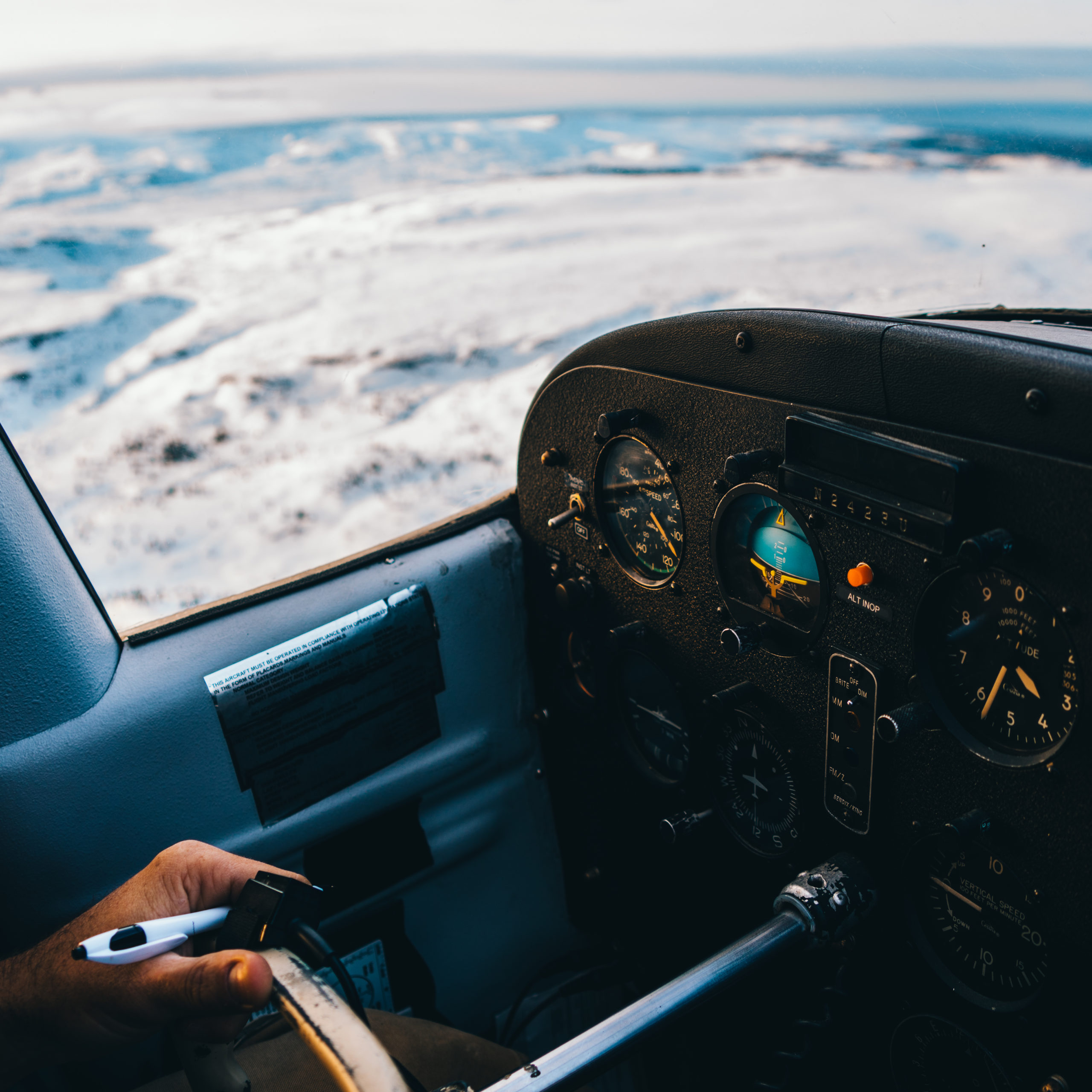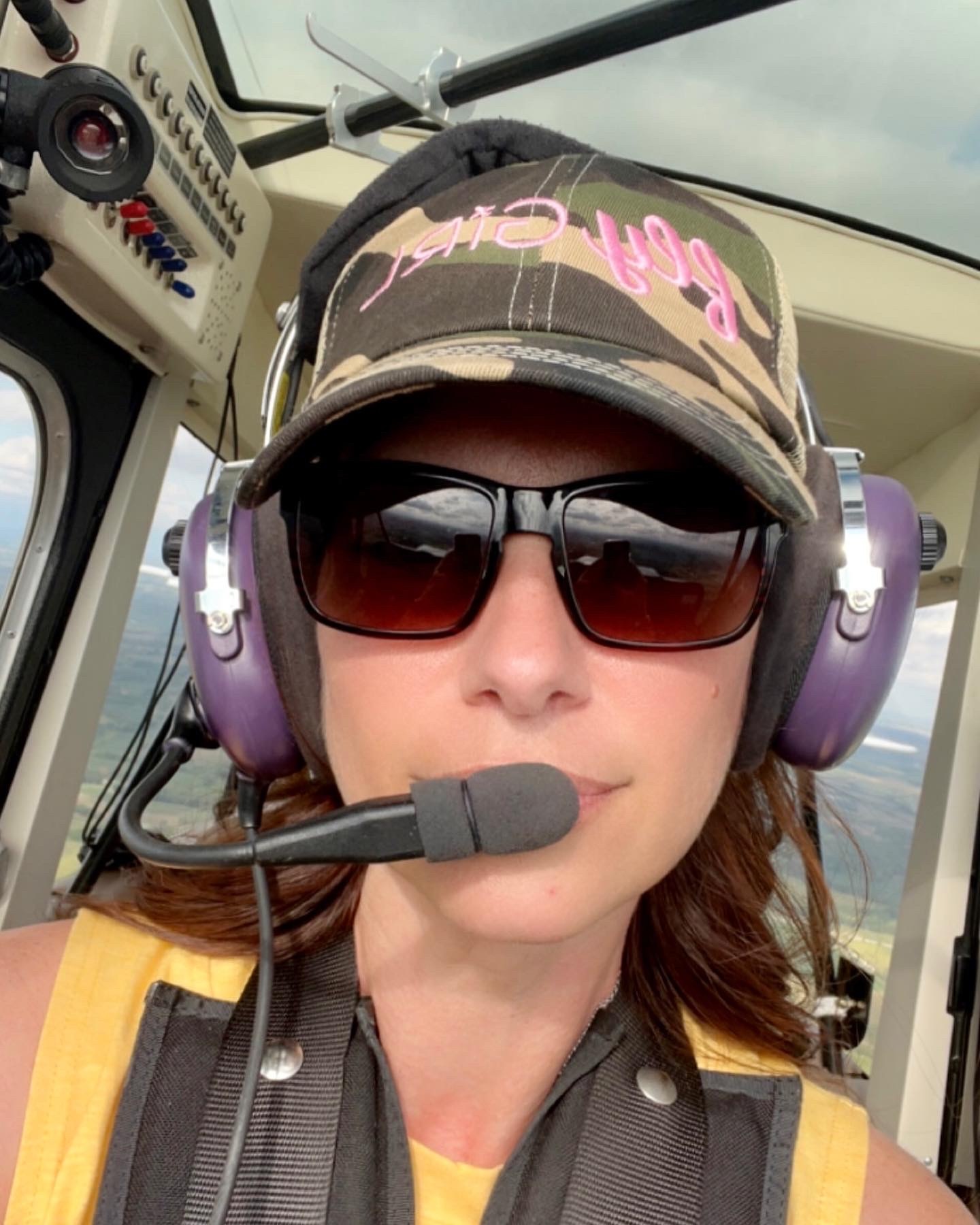
Is it expensive to become a pilot? How much does one need to spend to become a pilot? What is the average duration of a commercial pilot training program? I’m sure these questions must have occurred to you if you want to be a pilot.
Well, the cost of becoming a commercial pilot varies and depends on many factors. These include the type of training (integrated or modular), license cost, category of the plane (single-engine or multi-engine), instrument rating, tests, and more.
Continue reading on as I provide a complete breakdown of how much would you need to spend to become a commercial pilot and other important details.
How Much Does It Cost To Become A Commercial Pilot?
To determine how much it takes to fly a commercial aircraft, you’ll have to sum up the cost incurred in the medical certificate, training (type and duration), additional supplies (optional), and license cost. Besides, there are certain hidden costs as well that further elevate your spending. Here’s how much each of these usually costs.
Type Of Training
A commercial pilot usually undergoes either of the two – integrated training and modular training. Both these training programs produce high-quality flyers, however, for different purposes.
Here’s how much each of these usually costs. Let’s discuss the approximate cost of the standard commercial pilot training, depending on the training type.
|
Parameters |
Integrated Training |
Modular Training |
|
Approach |
Integrated training is a continuous training program to obtain your CPL in the shortest time possible and without enrolling in multiple schools or programs. |
Modular training is a step-by-step training program that includes several other things, including tests, checkrides, etc. Here, you’d be required to enroll in multiple schools and programs. |
|
Duration |
18 months to 2 years |
3 to 5 years |
|
Total Flying Time (Approx.) |
200 hours |
220 hours |
|
Cost (Approx.) |
Expensive (starts from $70,000) |
Reasonable (starts from $50,000) |
It’s worth noting that although airlines prefer students from the high-quality integrated flight training program, modular training is often endorsed, considering the reasonable cost. Hence, we’ll now discuss the modular training mode.
Other Training Costs
If you’re assuming your commercial pilot training is a single-cost affair, you’re mistaken. Since it is a step-by-step flight training program, you’ll incur multiple costs throughout your modular training program.
You’d also require a medical license. A typical medical certificate costs a minimum of $75 and may cost as much as $200, depending upon the location, doctor’s experience, and any tests (if required).
The following table summarizes the approximate cost of commercial pilot training.
|
Expense Type |
Total Cost (in $) |
Recommend Aircraft For Training |
|
Commercial Pilot Training |
$50,000-$80,000 (SE) |
Cessna 172, Diamond Da40, Piper Seneca, Diamond DA42, etc. |
|
Medical Certificate |
$75-$200 |
|
|
Other Training Supplies (iPad, Flight Bag, Books, etc.) |
$2,500-$5,000 |
Some flight schools use aviation apps instead of traditional books for study purposes. In that case, add the subscription fees of approximately $100-$250 to the total.
Commercial Pilot License (CPL)
Once you complete your commercial pilot training, you can now apply for your CPL. This again isn’t a single and includes the cost of the:
- Private Pilot License (PPL) – A PPL is a prerequisite to applying for a CPL.
- Instrument Rating (IR) – If you wish to fly under instrument flight rules (IFR), then only an Instrument Rating is mandatory.
- Commercial Pilot License (CPL) – You can apply for a commercial pilot license.
Go through this table for the overall license cost.
|
License/Rating |
Solo Flight Hours |
Dual Flight Hours |
Simulator |
Cost (in $) |
|
Private Pilot License (PPL) |
30 Hours |
7 Hours |
3 Hours |
$10,000-$20,000 |
|
Instrument Rating (IR) |
25 Hours |
35 Hours |
15 Hours |
$5,000-$15,000 |
|
Commercial Pilot License (CPL) |
45 Hours |
30 Hours |
10 Hours |
$30,000-$40,000 |
Note: Not all flight schools provide the simulator training mode. In that case, its hours will be adjusted in your pilot-in-command (PIC) or dual-flight hours.
Also, the above costs and training hours are meant for a single-engine (SE) commercial pilot license. Some popular SE airplanes are the Texas Aircraft Colt, Cessna Skyhawk, CubCrafters XCub, Aviat Husky A-1C-200, etc.
To be certified to fly for major airlines, you must obtain a multi-engine (ME) pilot license. This is because all major commercial airlines use multi-engine aircraft for varied purposes.
If you go that way, add another $5,000 to $10,000 for the CME license. Hence, the overall cost for a proper commercial pilot license falls in the $40,000 to $70,000 bracket.
The Hours and Costs are a Variable
Disclaimer: The aforementioned training hours are the minimum number of hours suggested by the FAA. All pilots, therefore, must train for another 10-20 hours for better proficiency. Part 61 and Part 141 also come into play here.
So, here you go. Becoming a commercial pilot may seem costly after going through the above breakdowns, but it’s worth every penny spent, to be honest.
However, you can significantly cut down your expenses by finding the cheapest training aircraft, studying well, joining a flight club, etc. Most flight schools also help you with multiple finance options and scholarships. So, do try them as well.
Among the various classes of aircraft pilots to choose from, only a commercial pilot license entitles you to a fixed payment for your services and certain aviation-related activities. For example, pipeline patrol, traffic reporting, agricultural applications, etc.
Have more questions about becoming a pilot?
The FREE Total Student Pilot Course covers everything you need to know about starting your aviation journey!

Karey grew up and obtained her in private pilot’s license in Central Iowa. She fell in love with tailwheel aircraft during her primary training and obtained a tailwheel endorsement the week following her private pilot checkride. She is eager to obtain her seaplane rating and is merging her passion for flying with her prior work career. Karey has a background in marketing, editing, and web design after graduating from Simpson College. When she is not flying or working, Karey enjoys anything related to technology and admits she can be a bit of a nerd. She also has discovered a love for virtually all outdoor pursuits, with a special fondness for climbing, shooting, and hiking.

Stay Connected
Be the very first to get notified when we publish new flying videos, free lessons, and special offers on our courses.





